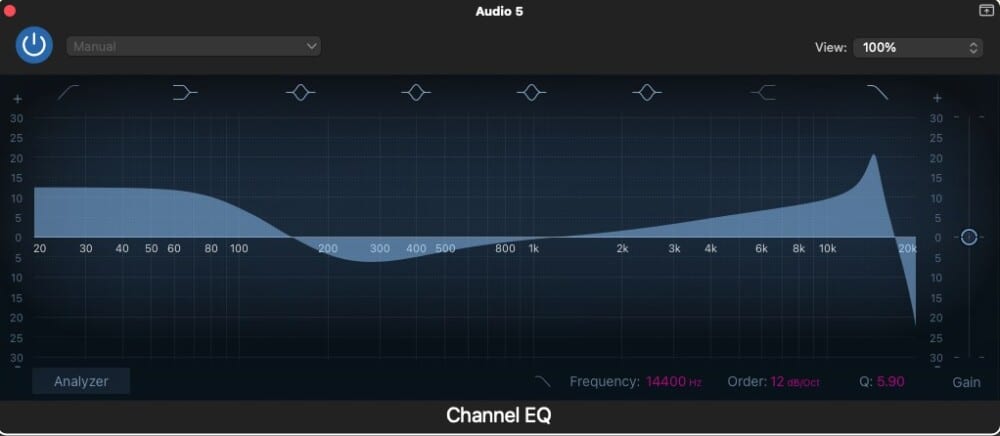The science behind Auto-Tune involves subtle digital sign processing strategies to investigate and manipulate the pitch of an audio sign. Here's a breakdown of the important thing scientific rules behind Auto-Tune:
1. Pitch Detection:

Frequency Analysis: Auto-Tune begins by analyzing the incoming audio signal through a course of called frequency evaluation. This includes breaking down the complicated waveform of the audio signal into its constituent frequencies.
Fundamental Frequency Detection: The elementary frequency, which corresponds to the perceived pitch of the sound, is identified. In the context of vocals, this is the pitch of the sung or spoken notice.
2. Reference Pitch Comparison:
User-Defined Settings: The detected pitch is then compared to a reference pitch or musical scale set by the person or the music producer. The reference pitch represents the intended or correct pitch for the performance.
Scale and Key Settings: Auto-Tune permits customers to specify the musical scale and key of the track. This data helps in making extra accurate pitch corrections based on the context of the music.
3. Pitch Correction:
Algorithmic Correction: If the detected pitch deviates from the reference pitch, Auto-Tune applies corrective processing. The algorithm calculates the necessary pitch correction to bring the detected pitch in line with the reference pitch.
Correction Speed: Auto-Tune supplies control over the speed at which pitch correction is applied. Faster correction times end in extra instant corrections, while slower settings create a smoother, more natural-sounding effect.
4. Graphical Interface:
Visual Representation: Many variations of Auto-Tune function a graphical interface that displays the pitch of the enter sign over time. This visual illustration allows producers and engineers to see the pitch corrections and make manual changes if needed.
Time Domain vs. Frequency Domain Processing: The graphical interface typically represents the correction process in each the time area (waveform) and the frequency area (pitch analysis), providing a comprehensive view of the correction process.
5. Creative Effects:
Intentional Pitch Manipulation: Beyond corrective functions, Auto-Tune can be used for intentional pitch manipulation to create distinctive vocal results. This involves exaggerating pitch correction to achieve the attribute "auto-tuned" sound.
Stylistic Choices: Artists and producers use Auto-Tune creatively to make stylistic choices that contribute to the general sound and character of a track.
6. Real-Time and Post-Processing:
Real-Time Correction: Auto-Tune can function in real-time throughout live performances, providing instantaneous pitch correction. This requires low-latency processing to make sure minimal delay between the enter signal and the corrected output.
Post-Processing: In the studio, Auto-Tune is commonly applied as a post-processing impact throughout recording or mixing. This permits for extra exact changes and artistic experimentation.
7. Customization:
Adjustable Parameters: Auto-Tune provides various adjustable parameters, including correction speed, scale settings, and key settings. website permits users to tailor the pitch correction to the specific needs of a efficiency.
8. Advanced Techniques:
Formant Shifting: Some versions of Auto-Tune embody formant shifting capabilities, allowing for manipulation of the vocal timbre whereas preserving the pitch correction.
Note Transition Handling: Advanced algorithms handle transitions between different notes, making certain clean and natural-sounding pitch corrections.
In abstract, Auto-Tune operates at the intersection of digital sign processing and music principle. It leverages sophisticated algorithms to analyze, examine, and manipulate the pitch of audio indicators, offering each corrective and artistic possibilities in music production. The continuous evolution of Auto-Tune expertise reflects advancements in signal processing and the continuing quest for model spanking new and revolutionary soundscapes within the music industry..
